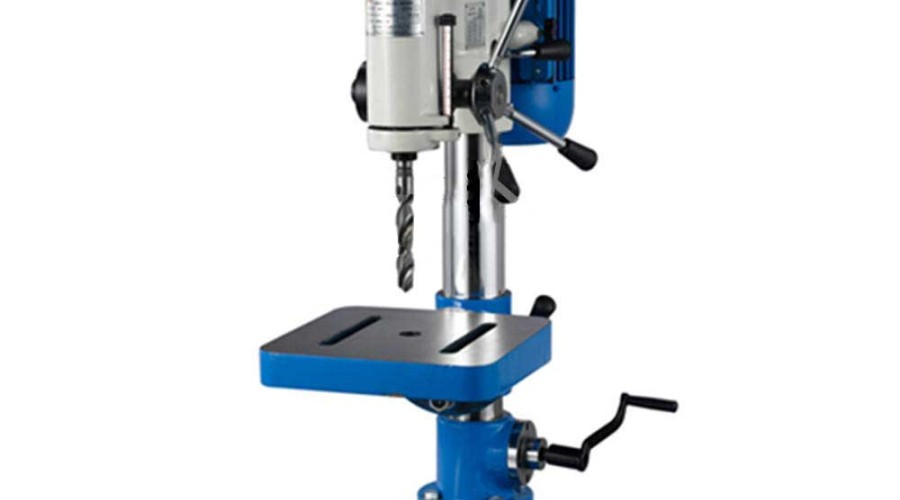
I used to think that drilling holes and tapping threads were both done on a bench drill, and the only difference was swapping the drill bit for a tap. However, upon further understanding, I realized that drilling holes and tapping threads are indeed different processes. Today, I'll clarify the differences between them and the equipment used for each, so that those who mistakenly believe that drilling holes and tapping threads only differ in the replacement of drill bits and taps can also understand. Let's avoid future workplace mishaps.
Difference in Processing Techniques:
Drilling Holes: The drill bit rotates forward to drill holes, and when retracting, the drill motor still rotates forward at a high speed.
Tapping Threads: The tap rotates forward to tap threads, and when retracting, the drill motor rotates backward at a lower speed.
Difference in Equipment:
A bench drill refers to a machine tool mainly used to drill holes in workpieces, with the drill bit rotating as the main motion and axial movement as the feed motion.
A tapping machine is a type of machine tool used to tap internal threads, and it is the most widely used machine tool for internal thread processing. Since its introduction to the market, tapping machines have been widely acclaimed for their lightness, flexibility, and efficiency, avoiding the limitations of lathes, bench drills, or manual tapping.
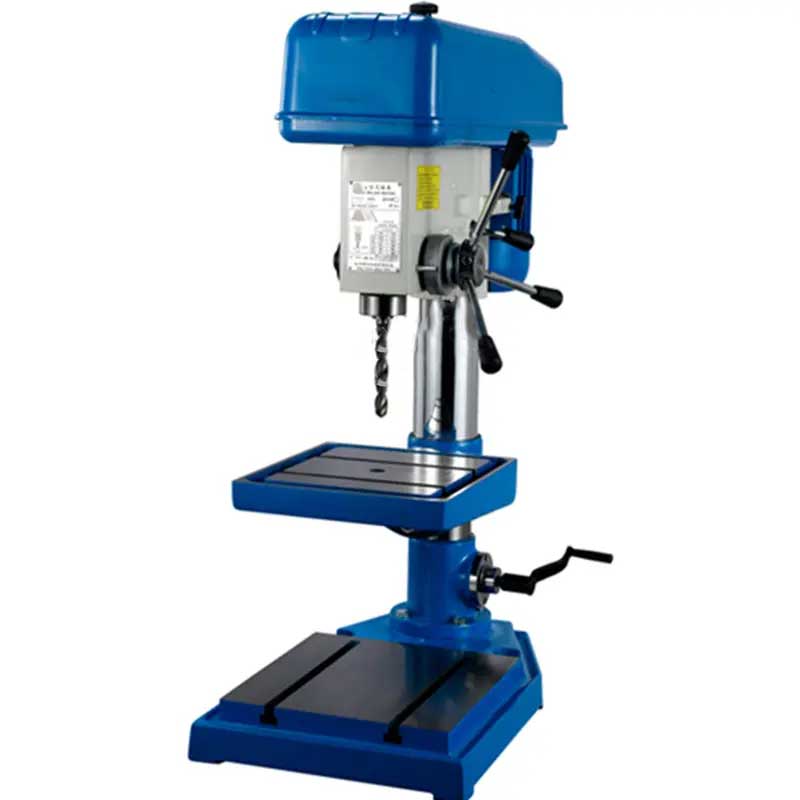
How to Enable Tapping Functionality on a Bench Drill:
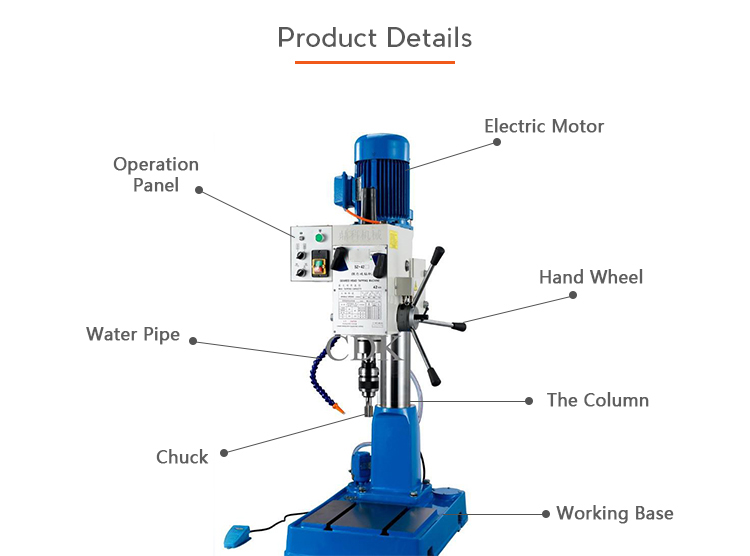
Of course, we can also retrofit a bench drill to enable tapping functionality, but it's not highly recommended, considering that the price difference between a regular bench drill and a combined drilling and tapping machine on the market is not significant.
Here's a brief outline of the principle behind converting a regular bench drill into one capable of tapping threads:
Install a stroke control switch: After drilling, clamp the tap and begin tapping threads. When the drill bit descends to the control depth, the positioning block mounted next to the drill bit contacts the control switch. The bench drill motor reverses, causing the tap to retract. By controlling the forward and reverse rotation of the bench drill, the tapping process can be achieved. Dedicated combined drilling and tapping machines available on the market operate on this principle. It can be used as a reference for imitation, and the conversion cost is not high. Generally, electricians with circuit knowledge can handle the installation.
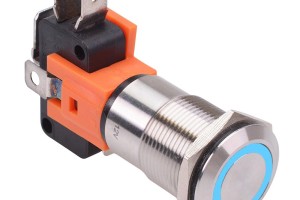
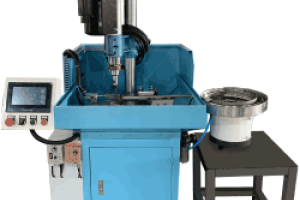
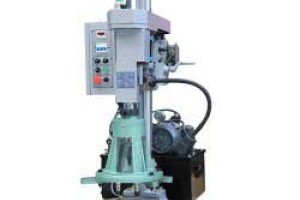
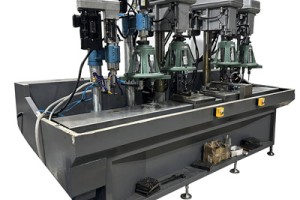
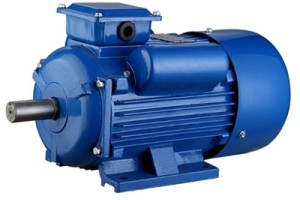
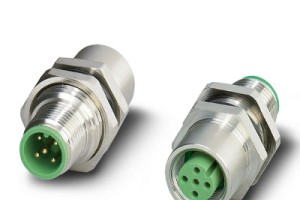
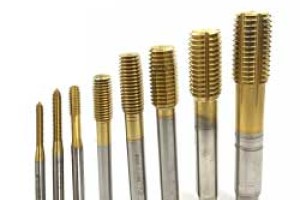
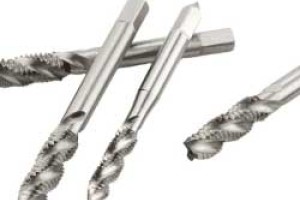
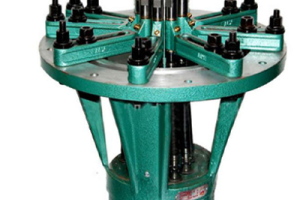
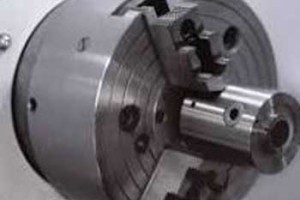
Leave a comment